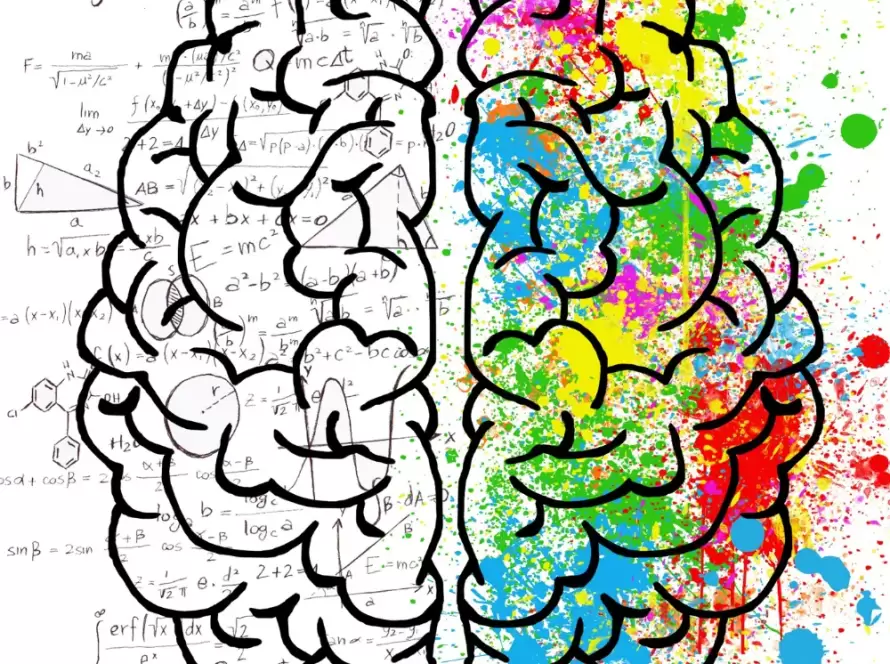Machine learning Powered insights
OUR MAIN SERVICES
OUR PROCESS
At AI Software Developers, we follow a comprehensive and iterative process to ensure the successful development of machine learning-based software solutions:
Tools and Technologies We Use
Our team leverages a wide range of tools and technologies to deliver exceptional machine learning-based software solutions. Some of the key technologies include:
Improving ROI with Machine Learning-Based Software
By integrating machine learning-based software into your business processes, you can achieve significant improvements in ROI. Here are a few examples:
Our Detailed Process
Creating machine learning-based software for clients’ businesses involves a well-structured process that combines domain expertise, data handling, model development, and software engineering. Here’s a step-by-step explanation of how we create such software:
Step #1: Understanding Client's Business and Needs
Step #2: Data Collection and Preparation
Step #3: Model Development
Step #4: Software Development
Step #5: Testing and Quality Assurance
Step #6: Deployment
Step #7: Maintenance and Continuous Improvement
Our Portfolio
Buy Our Machine Learning Based Products
ProcureIQ is an advanced machine learning-based procurement software for businesses seeking to optimize their supply chain and procurement processes. It utilizes data analytics and predictive modeling to optimize supplier selection, negotiate favorable contracts, and manage inventory efficiently. With ProcureIQ, businesses can reduce procurement costs, mitigate supply chain risks, and enhance overall operational efficiency.
WorkforceWise is an intelligent machine learning solution designed to enhance human resource management within organizations. Leveraging predictive analytics and natural language processing, it assists in talent acquisition, employee engagement, and retention. WorkforceWise helps businesses optimize their workforce by identifying top-performing candidates, predicting employee turnover, and recommending personalized training and development plans.
MarketMindsML is an innovative machine learning software tailored for businesses operating in competitive markets. It harnesses the power of deep learning algorithms to analyze market trends, consumer behavior, and competitor strategies. With real-time insights and predictive analytics, MarketMindsML helps businesses make informed decisions, optimize marketing campaigns, and stay ahead of the competition.


